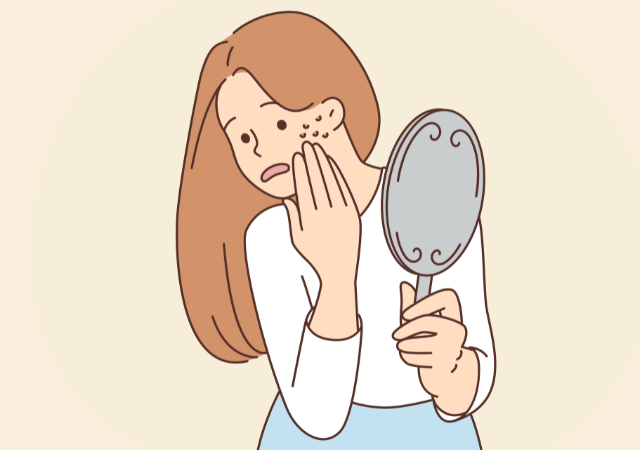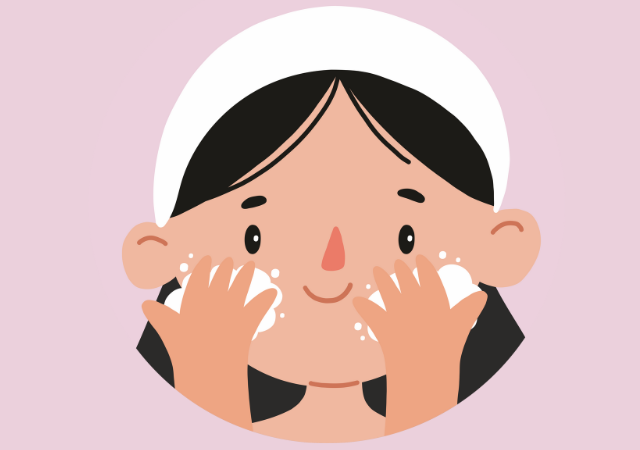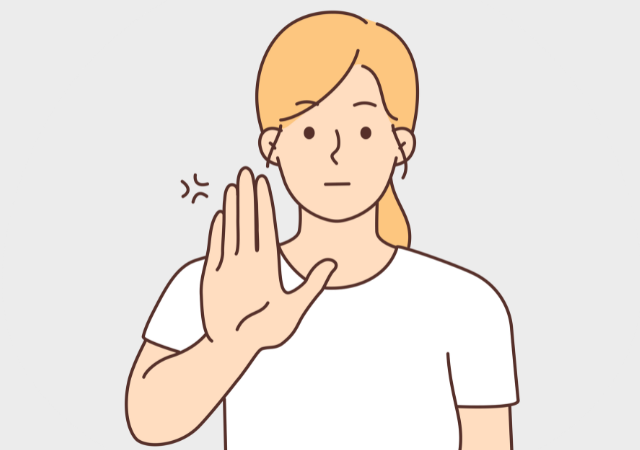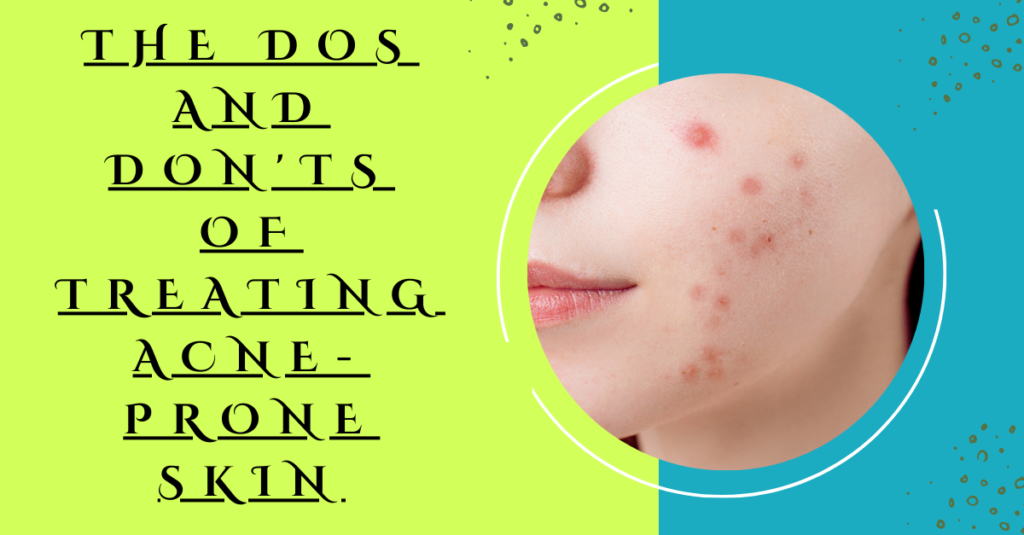The Dos and Don’ts of Treating Acne-prone Skin
Introduction
Acne, a common skin condition affecting millions worldwide, can be a persistent and often frustrating challenge to overcome. For those with acne-prone skin, a targeted and informed skincare routine is key to managing breakouts and achieving a clearer complexion. In this comprehensive guide, we delve into the intricacies of treating acne-prone skin, offering essential insights into effective practices and cautionary measures. From the importance of gentle cleansing and regular moisturization to the significance of proper sun protection, we explore the fundamental dos that can make a transformative difference.
Simultaneously, we address the don’ts, advising against harsh scrubbing, picking at blemishes, and overloading on products that might exacerbate the condition. This guide goes beyond topical treatments, delving into lifestyle factors and the necessity of seeking professional advice for a holistic and personalized approach to skincare, empowering individuals to embark on a journey towards clearer, more radiant skin.
Understanding Acne: Types and Triggers

Before delving into the dos and don’ts, it’s essential to understand acne and its various forms. Acne is not a one-size-fits-all condition; it manifests in different types, including whiteheads, blackheads, papules, pustules, nodules, and cysts. Each type requires a specific approach to treatment.
Identifying common triggers for acne breakouts is equally crucial. Hormonal fluctuations, excess oil production, and the proliferation of acne-causing bacteria are among the leading factors. Recognizing these triggers is the first step in crafting an effective skincare routine.
The Dos and Don’ts of Treating Acne-prone Skin
The Dos of Treating Acne-prone Skin

1. Gentle Cleansing:
The foundation of any skincare routine for acne-prone skin is gentle cleansing. Harsh cleansers can strip the skin of its natural oils, leading to increased oil production and potential breakouts. Opt for a mild, non-comedogenic cleanser that effectively removes impurities without causing irritation.
Establishing a consistent cleansing routine is equally important. Cleanse your face twice a day – morning and night – to remove excess oil, dirt, and makeup. This routine helps maintain a clean canvas for subsequent skincare steps.
2. Regular Moisturization:
Contrary to common misconceptions, individuals with acne-prone skin should not skip moisturizing. Using a non-comedogenic moisturizer helps maintain the skin’s hydration balance without clogging pores. Look for products that are oil-free and specifically formulated for acne-prone skin.
Proper moisturization is essential for preventing the skin from compensating for dryness by producing more oil. This, in turn, aids in reducing the risk of breakouts. Apply the moisturizer after cleansing, focusing on areas that may be prone to dryness.
3. Proper Sun Protection:
Sun protection is a non-negotiable component of any skincare routine, especially for those with acne-prone skin. Sun exposure can lead to inflammation and post-inflammatory hyperpigmentation, making it crucial to use a broad-spectrum sunscreen with at least SPF 30.
Choose a sunscreen that is labeled “non-comedogenic” to avoid clogging pores. Apply sunscreen every morning, even on cloudy days, and reapply throughout the day, especially if you spend extended periods outdoors.
4. Consistent Skincare Routine:
Consistency is key when treating acne-prone skin. Establishing a daily skincare routine and sticking to it helps regulate oil production and promotes overall skin health. Patience is crucial, as results may take time to become noticeable.
A basic skincare routine includes cleansing, moisturizing, and applying targeted treatments. Introduce new products gradually to monitor their impact on your skin. Avoid constantly switching products, as this can disrupt the skin’s balance.
5. Spot Treatment:
For those dealing with active breakouts, spot treatment can be a valuable addition to the skincare arsenal. Look for products containing ingredients like benzoyl peroxide or salicylic acid, known for their effectiveness in treating acne lesions.
However, moderation is key. Overusing spot treatments can lead to dryness and irritation, potentially exacerbating the issue. Apply these treatments only to active blemishes and follow the product’s recommended usage guidelines.
The Don’ts of Treating Acne-prone Skin

1. Harsh Scrubbing:
While exfoliation is beneficial for removing dead skin cells, harsh scrubbing can do more harm than good for acne-prone skin. Abrasive exfoliants can cause microtears in the skin, leading to increased inflammation and potential breakouts.
Opt for gentle exfoliants, such as those containing alpha hydroxy acids (AHAs) or beta hydroxy acids (BHAs), and use them no more than 2-3 times per week. This promotes cell turnover without causing undue irritation.
2. Picking and Squeezing:
The urge to pick or squeeze blemishes is a common temptation, but it’s a habit that should be avoided at all costs. Picking at acne can introduce bacteria into the skin, causing further inflammation and potentially leading to scarring.
Instead of squeezing, consider using targeted spot treatments to address active breakouts. If scarring is a concern, consult with a dermatologist for professional guidance on scar prevention and treatment.
3. Overloading on Products:
More is not always better when it comes to skincare. Overloading the skin with too many products can overwhelm it and may lead to increased sensitivity and breakouts. Simplify your routine to the essentials – cleanser, moisturizer, and targeted treatments.
When introducing new products, do so one at a time and monitor your skin’s response. This approach makes it easier to identify products that may be causing irritation or exacerbating acne.
4. Ignoring Ingredients:
Understanding the ingredients in your skincare products is crucial for managing acne-prone skin. Some ingredients, such as fragrances and certain oils, can trigger breakouts in sensitive individuals. Always read product labels and opt for non-comedogenic, fragrance-free options.
Common acne-fighting ingredients include benzoyl peroxide, salicylic acid, niacinamide, and retinoids. Incorporate these ingredients into your routine based on your specific skincare needs.
5. Inconsistent Routine:
Consistency is vital in skincare, and inconsistency can disrupt the delicate balance of your skin. Skipping steps in your routine or using products sporadically can hinder progress and lead to unpredictable outcomes.
Commit to a daily skincare routine, even on days when you may not have active breakouts. Consistency allows your skin to adapt to the products and helps maintain a healthier complexion over time.
Lifestyle Factors and Professional Advice
In addition to skincare practices, lifestyle factors play a significant role in managing acne-prone skin. Diet can impact skin health, with some individuals finding improvements by avoiding certain foods known to trigger breakouts. Stress management is also crucial, as stress can exacerbate acne.
While a well-rounded skincare routine is essential, some cases may require professional intervention. If over-the-counter products do not yield the desired results, or if acne is severe and persistent, consulting with a dermatologist is advisable. Dermatologists can prescribe stronger treatments, such as prescription-strength topical medications or oral medications, tailored to individual needs.
Conclusion (The Dos and Don’ts of Treating Acne-prone Skin)

My name is Rohit Vagh and I’m a content writer specializing in fashion and lifestyle. I have three years of experience in this field and have written various articles. My writing style is creative and engaging, and I strive to create content that resonates with my readers. I have a deep passion for fashion and am constantly researching the latest trends and styles to make sure my readers are up to date. I’m excited to continue my career in blogging, and I’m always looking for new opportunities in the fashion and lifestyle space.





